Дэлхийн AMR зах зээл өсөж байгаа нь $16.21 тэрбум рүү 2029 онд (CIC мэдээлэл), урт хугацааны хувьсгал болох: стандартачлагдсан тээврийн савнууд – эхэндээ зогсоо агуулах болон одоо автономит роботоор агуулахад тээвэрлэгдэж байна. DHL-ийн Чикаго төв нь энэ хамтын ажиллагааг баталж байна. AMR-тээврийн интеграци сонгох зардлыг 65%-иар бууруулсан бол Geek+ нь 200 гаруй роботыг ажлуулж байна. ISO-н гэрчилгээнд харъяалагдах төт контейнерүүд дэд бүтцийн өөрчлөлтгүйгээр.
1. Төт контейнерүүд: автомжруулалтын хаалтгүй баатрууд
"Үйлдвэр технологийн төвөөр ашигладаг төт контейнерүүд (EU: Euro Bins / US: Poly Totes) нь харагдахгүй цамхаг байдаг:
Стандартчилсан хэмжээсүүд : EN 13071-ээр гэрчилгээт хэмжээс нь AMR интеграцитай сайн зохицоно
Модуль хэлбэрээр давхарлах боломжтой : Оруулж болох дизайн нь AMR-ийн ачааны багтаамжийг дээшлүүлнэ (жишээ нь, 1,500кг/робот)
RFID-тэй холбох боломжтой : Бодит цагийн нөөцийн хяналтын тэмдэгт оруулах слот
2. AMR + Totes: Үр ашгийг олон бүрдүүлэгч
"Хэрэв автономийн шилжилт модуль тоуттай уулзахаар :
Динамик тоутын чиглэл : Визуал SLAM ашиглан AMR зам саадыг тойрон өнгөрөх замаар тоутны урсгал тасралтгүй байлгана (ABB Flexley-ийн жишээ: ±5мм нарийвчлал)
Оройн бэлэн масштаблалт : Халах 3X-ийг хандлагахын тулд 48 цагийн дотор AMR-үүдийг нэмнэ нэгтгэсэн эзлэхүүн баярын өдрүүдэд
Очих замгүй байдлаар сонгох : Ажилчид хүлээн авна AMR-аар доставка хийсэн нэгтгэсэн ачаанууд эргөномик тогтоол дээр – явалтын зай 60%-иар багасна (Locus Robotics судалгаа)
3. Зай болон Тэвчээрт урамшуулал хангах боломжууд
"Tote-AMR систем нь давхар ашиг олох боломжийг нээж өгнө :
Босоо нягтруулалт : 10 метр өндөр цогц багцаа автоматаар давхарлах (шал дээр давхарлахтай харьцуулахад 30% илүү хадгалалт)
Нүүрсөөр хийсэн хор хөнөөл багасгах : Цахилгаан AMR-ууд зөөвөрлөгдөж байна дахин ашиглах боломжтой PP тавцангууд 8.2 тонн CO₂/жил бүр 100 роботын хувьд багасгана
Глобаль хэрэглээнд шаардагдах жам ёсны баталгаажилт :
Төвт : FDA/EC1935 хүнсний аюулгүй бодис, UL 94 галын аюулгүй баталгаатай
AMRs : ANSI/RIA R15.08 аюулгүйн баталгаажилт
Систем : ISO 3691-4 навигацийн стандарт
Syrius Robotics-ийн AMR-tote шийдэл walmart-ы ON дээр
Боловсруулсан өдөрт 12,000 тоут 99.8% нарийвчлалтай
Багасгасан тоут авах хугацаа 90 секундээс 22 секунд хүртэл
Хөрөнгө оруулалтын буцах хугацаа (ROI) 8 сараас бага замаар tote давтан ашиглах цикл

 EN
EN
 AR
AR CS
CS DA
DA NL
NL FI
FI FR
FR DE
DE EL
EL HI
HI IT
IT JA
JA KO
KO NO
NO PL
PL PT
PT RU
RU ES
ES SV
SV TL
TL ID
ID SR
SR UK
UK VI
VI SQ
SQ HU
HU TH
TH TR
TR MS
MS IS
IS BN
BN LO
LO MN
MN NE
NE MY
MY UZ
UZ KY
KY


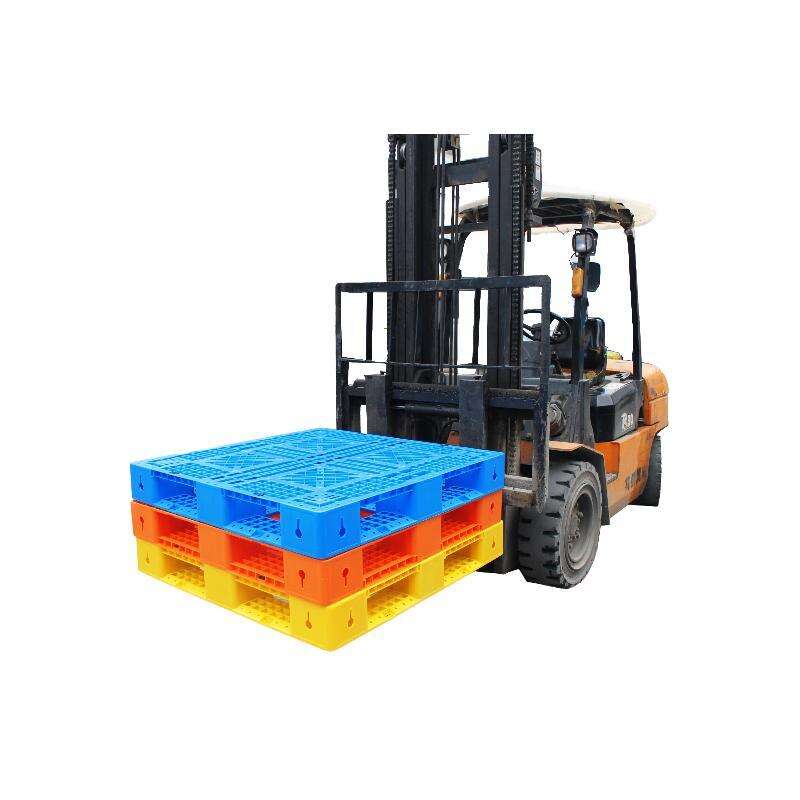 Шариг Хөрш
Шариг Хөрш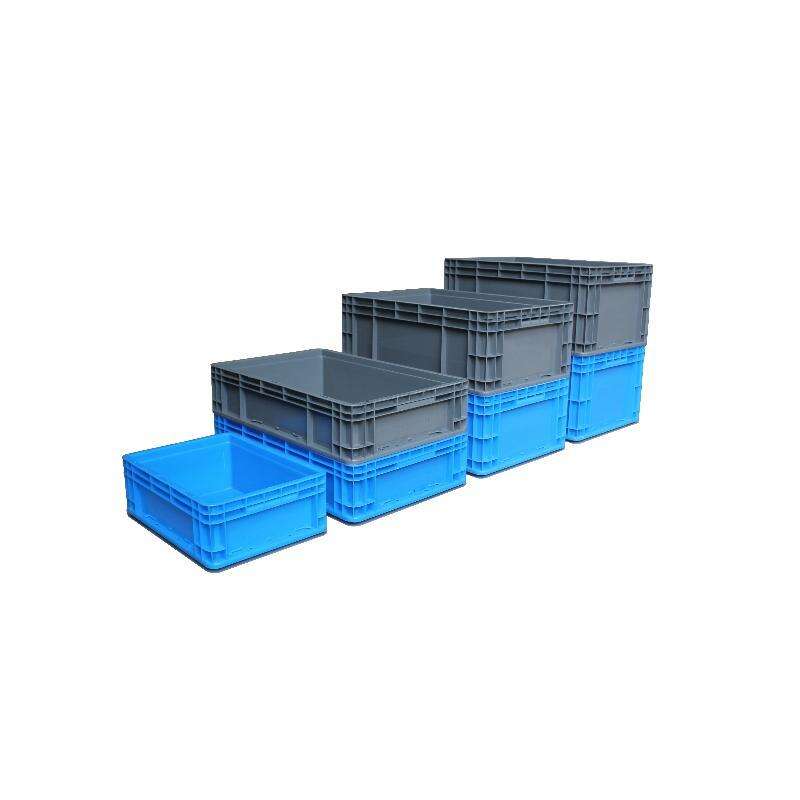 Логистик Бокс
Логистик Бокс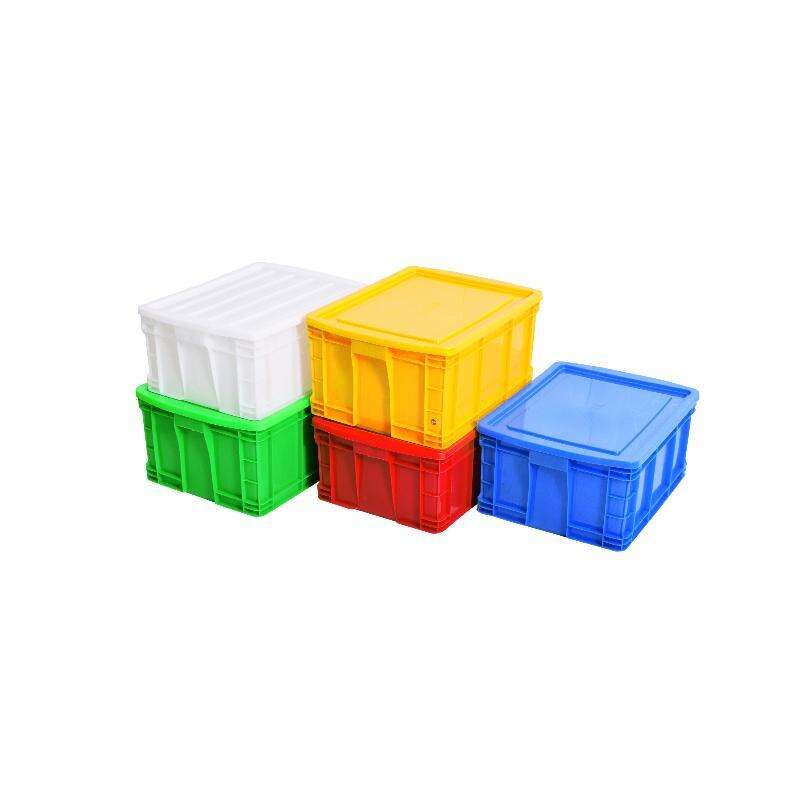 Шариг Куб
Шариг Куб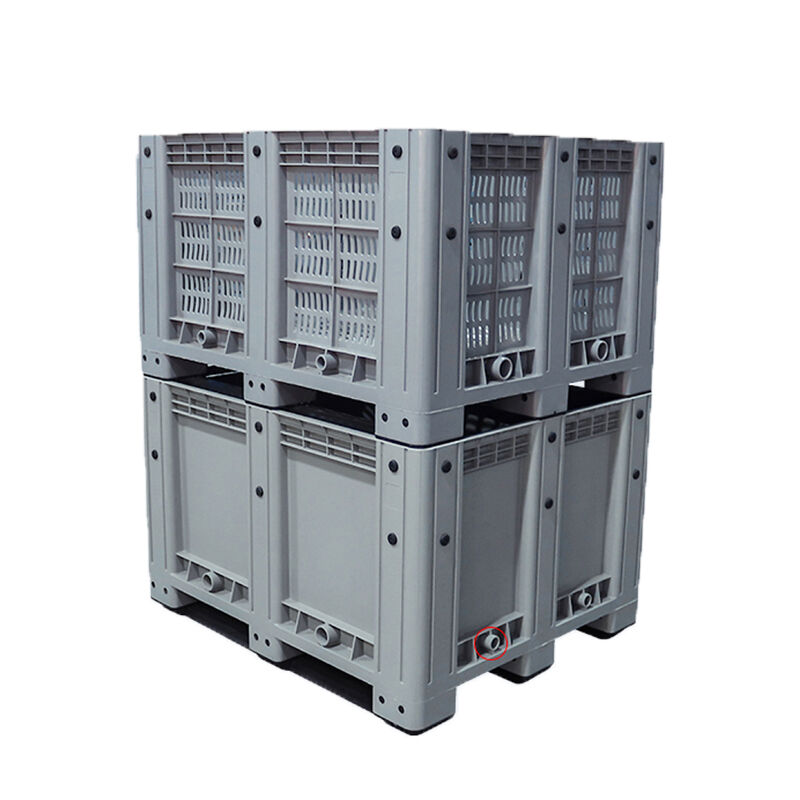 Их Хадгаламжтай Цонхнууд
Их Хадгаламжтай Цонхнууд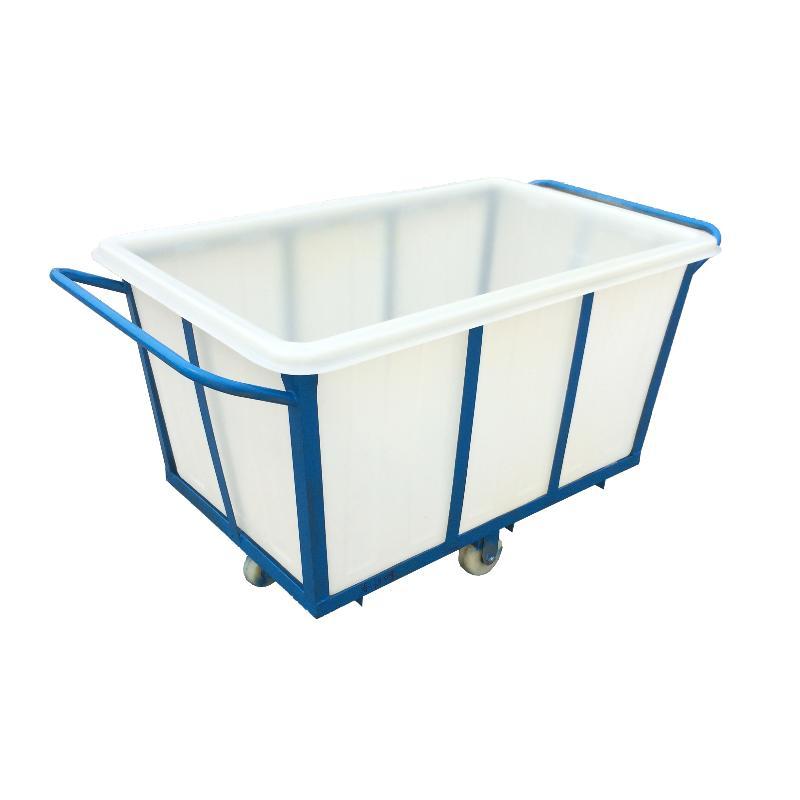 Цоолуур Саалагч
Цоолуур Саалагч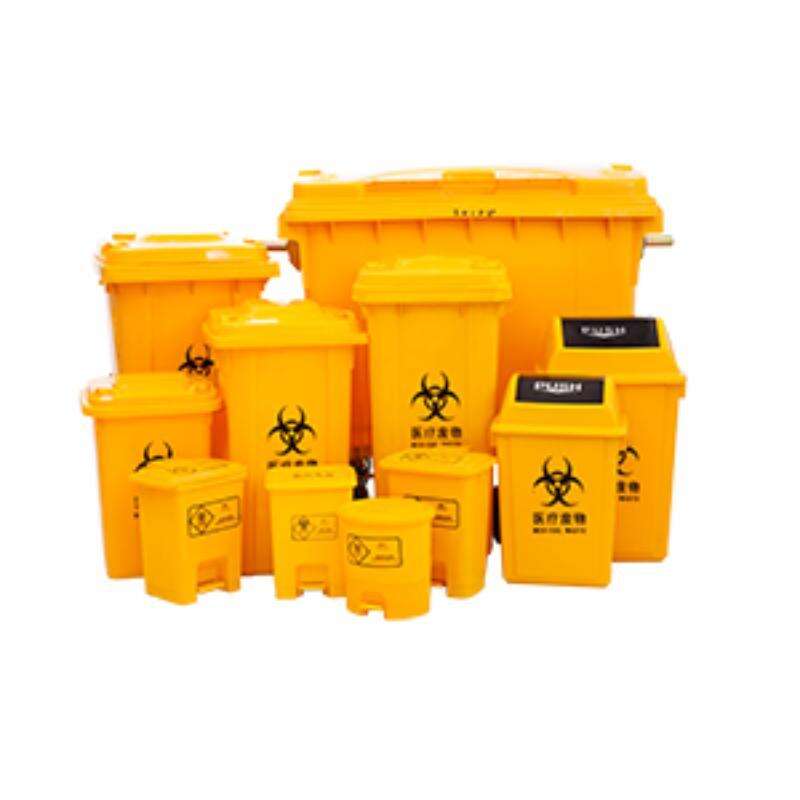 Чимэг Шувуунууд
Чимэг Шувуунууд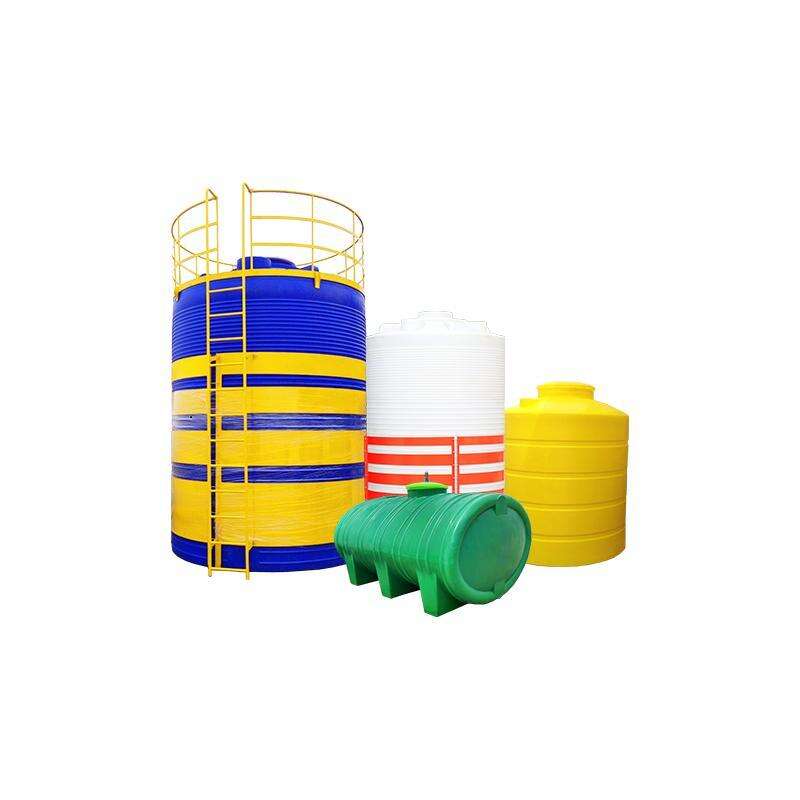 цус хадгалалтын бокс
цус хадгалалтын бокс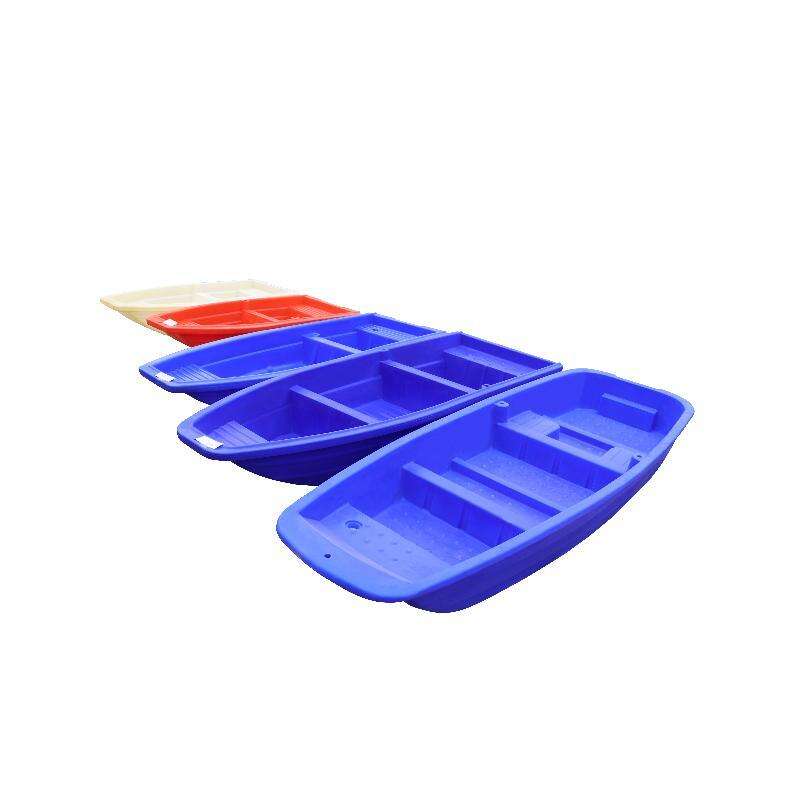 Бут Бусад Акватори Продукт
Бут Бусад Акватори Продукт
